Introduction to Disability Module 2: Understanding Inclusive Education:
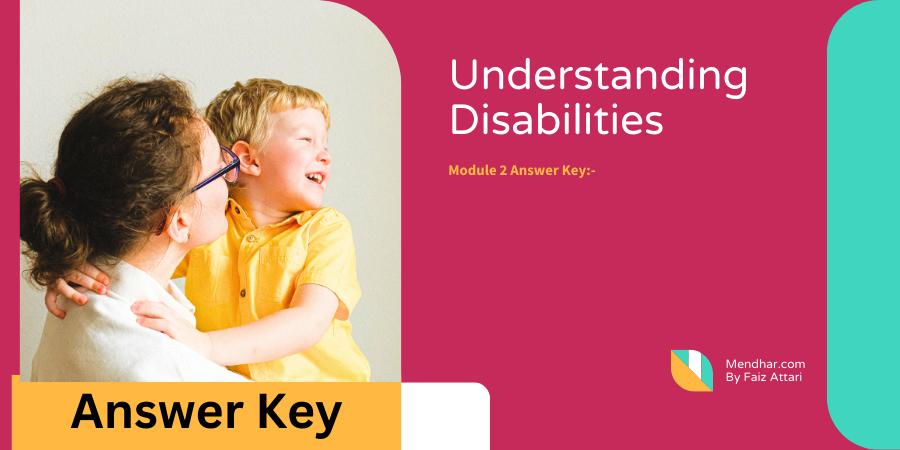
Welcome to Module 2 of the “Introduction to Disability” course! In this module, we delve deeper into understanding inclusive education and how teachers can play a crucial role in creating supportive environments for all students, including those with disabilities. As we progress through this module, we’ll explore various aspects of disability, inclusive practices, and strategies for promoting equal opportunities in the classroom.
Understanding Disability:
The concept of disability has evolved significantly over time, moving away from purely medical models to more holistic and inclusive understandings. The International Classification of Functioning, Disability, and Health (ICF), developed by the World Health Organization (WHO), provides a comprehensive framework for understanding disability in a broader context.
1. **Biopsychosocial Model**: The ICF adopts a biopsychosocial model, which means it considers not only the biological aspects of a person’s health condition (such as impairments or diseases) but also psychological and social factors. This model recognizes that disability is not solely determined by medical diagnoses but also by how those conditions interact with a person’s psychological makeup and their social environment.
2. **Functioning and Disability**: In the ICF framework, disability is seen as a result of the interaction between an individual’s health condition and contextual factors. This interaction influences the person’s functioning in various domains of life, including physical, mental, and social aspects. Functioning refers to the activities a person can perform, while disability refers to limitations or restrictions in these activities.
3. **Environmental Factors**: The ICF emphasizes the role of environmental factors in shaping disability. These factors include physical, social, and attitudinal elements of the person’s surroundings. Environmental barriers, such as inaccessible buildings or discriminatory attitudes, can exacerbate disability by restricting participation and hindering access to opportunities.
4. **Personal Factors**: In addition to environmental factors, personal factors such as age, gender, socioeconomic status, and coping mechanisms also play a significant role in shaping disability experiences. These factors interact with the individual’s health condition and environment, influencing how disability is perceived and managed.
5. **Dynamic Nature**: Disability is recognized as dynamic and evolving over time. It can fluctuate based on changes in health status, environmental circumstances, and personal factors. This understanding highlights the importance of interventions and support systems that are responsive to the changing needs of individuals with disabilities.
By adopting the ICF framework, society can move towards a more inclusive approach to disability that focuses on removing barriers, promoting participation, and enhancing quality of life for all individuals, regardless of their health conditions or impairments.
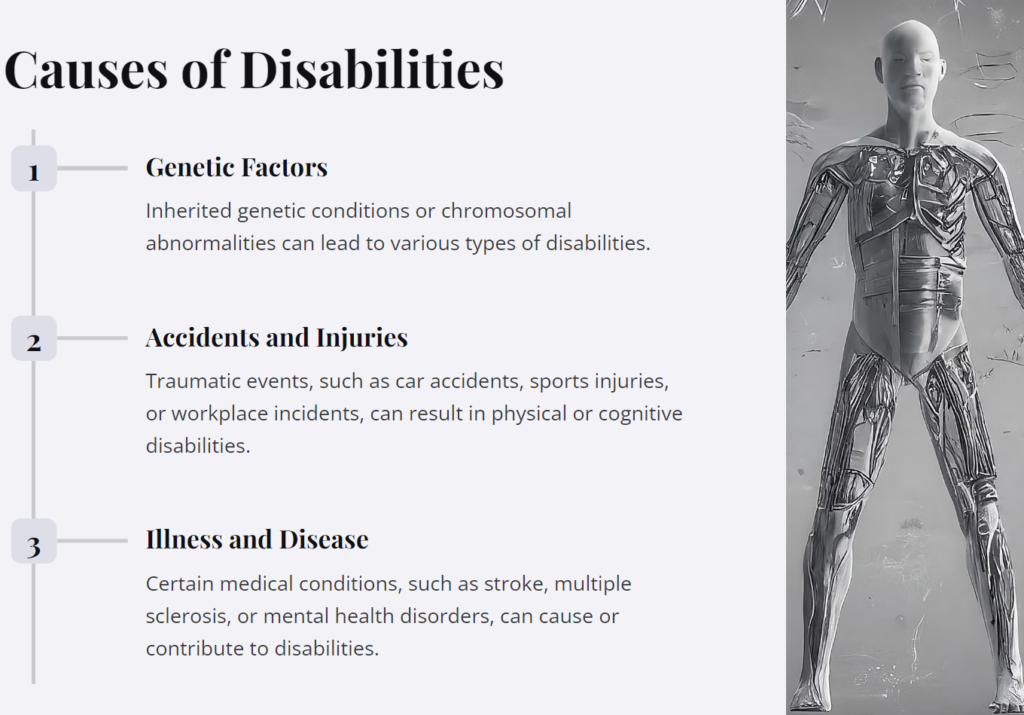
Introduction to Disability Module 2 : Answer Key
Here are the assessment-based questions: Introduction to Disability Module 2
1. When a child with cerebral palsy is not able to participate in school sports activity, it is an example of:
– None of the above
– Impairment
– Disability✅
– Handicap
2. Malfunction in any part of the body (e.g., hand/feet not fully developed since birth) is an example of what?
– Disability
– Handicap
– Impairment✅
– None of the above
3. Dyslexia is the inability to read and write.
– TRUE
– FALSE✅
4. The ICF’s definition of disability covers a spectrum of various levels of functioning at body, person, and societal levels, which encompasses:
– Impairments in body functions and structures
– Restriction in participation
– Limitations in activity
– All of the above✅
5. Environmental constraints do not limit children with cerebral palsy to participate in the community.
– TRUE
– FALSE✅
6. According to ICF, disability can be seen as a result of an interaction between a person with a health condition and that person’s contextual factors.
– FALSE
– TRUE✅
7. One of the key changes given by ICF is a shift in language from negative terms to the neutral terms such as ‘body function and structure’, ‘activity’, and ‘participation’.
– FALSE
– TRUE✅
8. According to the 2011 census, how many people with disabilities are there in India?
– 26.8 million✅
– 30.7 million
– 20.1 million
– 10 million
9. After independence, __________ was the first time that India enacted an Act for Persons with Disabilities (PWD).
– 1995✅
– 1955
– 1998
– 2005
10. The term neuro-developmental disorder refers to a group of conditions that manifest during the early developmental period.
– TRUE✅
– FALSE
11. Is it right to evaluate someone on the basis of their disability?
– TRUE
– FALSE✅
12. Developmental milestone is an ability achieved by any child at a certain age and thereby indicates typical/healthy growth and development.
– TRUE✅
– FALSE
13. All areas of child development should be carefully observed by the teacher because it helps in:
– Understanding the strengths or weaknesses of the child.
– To provide a conducive environment.
– Providing timely intervention.
– All of the above✅
14. The brain has maximum neuroplasticity between the ages of 0 to 5 years.
– TRUE✅
– FALSE
15. The domains that are interrelated when we talk about the development of a child are:
– SOCIAL
– MOTOR
– COGNITIVE
– ALL OF THE ABOVE✅
16. WHO is promoting the use of ICF on a global scale for functionality rather than diagnosis of disability.
– TRUE✅
– FALSE
17. ‘Neuro-developmental disorders’ is an umbrella term which covers:
– Fragile X Syndrome
– Attention Deficit and Hyperactivity Disorder (ADHD)
– Stereotypic Movement Disorder (SMD)
– All of the above✅
18. The ICIDH defines ‘disability’ as any restriction or lack of ability to perform an activity.
– TRUE✅
– FALSE
19. The environmental barriers do not limit participation of people with disabilities in the community.
– TRUE
– FALSE✅
Promoting Inclusive Practices:
Inclusive education is a philosophy and approach that aims to ensure all students, including those with disabilities, have equal access to education and opportunities for learning. Here’s an elaboration on how inclusive education fosters equitable learning environments:
1. Valuing Diversity: Inclusive education acknowledges and celebrates the diversity of students in terms of their backgrounds, abilities, learning styles, and experiences. It promotes a culture where differences are seen as strengths rather than barriers, creating a sense of belonging for every student.
2. Accommodating Unique Needs: Inclusive education recognizes that students have diverse learning needs and abilities. It involves adapting teaching methods, curriculum, and classroom environments to accommodate these differences, ensuring that all students can access and engage with the learning materials effectively.
3. Individualized Support: Inclusive education emphasizes the provision of individualized support and accommodations for students with disabilities. This may include assistive technologies, modified assignments, flexible assessment methods, or additional classroom support to address specific learning challenges and enable students to reach their full potential.
4. Peer Interaction and Collaboration: Inclusive classrooms encourage peer interaction and collaboration among students with and without disabilities. By working together on projects, sharing ideas, and supporting each other’s learning, students develop empathy, social skills, and a deeper understanding of diversity.
5. Positive Classroom Culture: Inclusive education promotes a positive and supportive classroom culture where all students feel respected, valued, and safe to express themselves. Teachers play a crucial role in fostering this culture by promoting empathy, modeling inclusive behaviors, and addressing any instances of discrimination or bullying.
6. High Expectations for All: Inclusive education holds high expectations for all students, regardless of their disabilities or differences. It challenges stereotypes and misconceptions about what students with disabilities can achieve, fostering a belief in their potential to succeed academically and socially.
7. Professional Development and Collaboration: Teachers in inclusive classrooms require ongoing professional development and collaboration to effectively support the diverse needs of their students. This may involve training on inclusive teaching strategies, collaboration with special education professionals, and sharing best practices with colleagues.
Overall, inclusive education is essential for creating equitable learning environments where every student, including those with disabilities, can thrive academically, socially, and emotionally. By embracing diversity and adapting teaching practices to meet the needs of all learners, inclusive classrooms promote educational equity and prepare students for success in an increasingly diverse world.
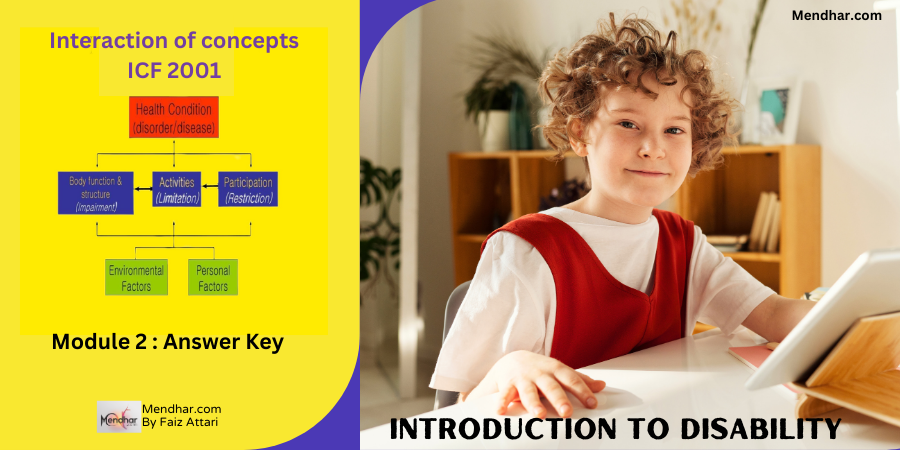


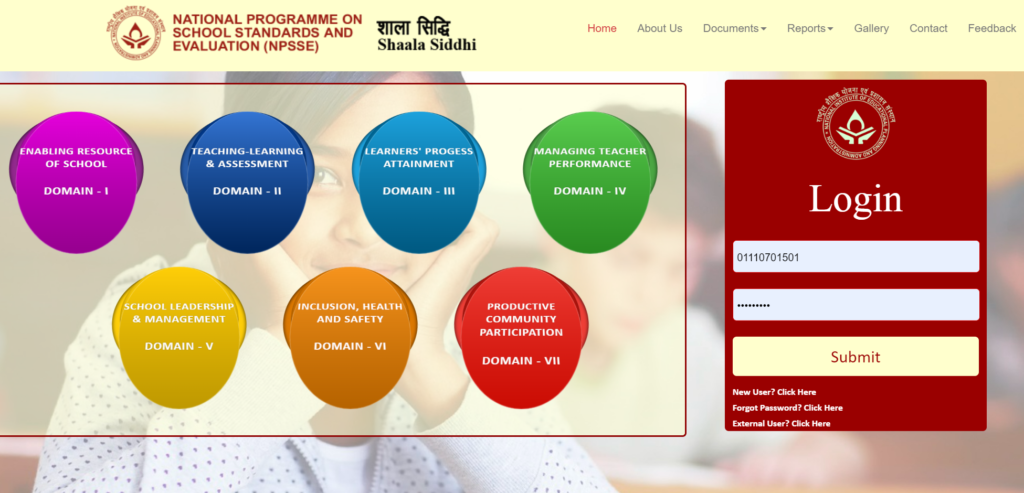
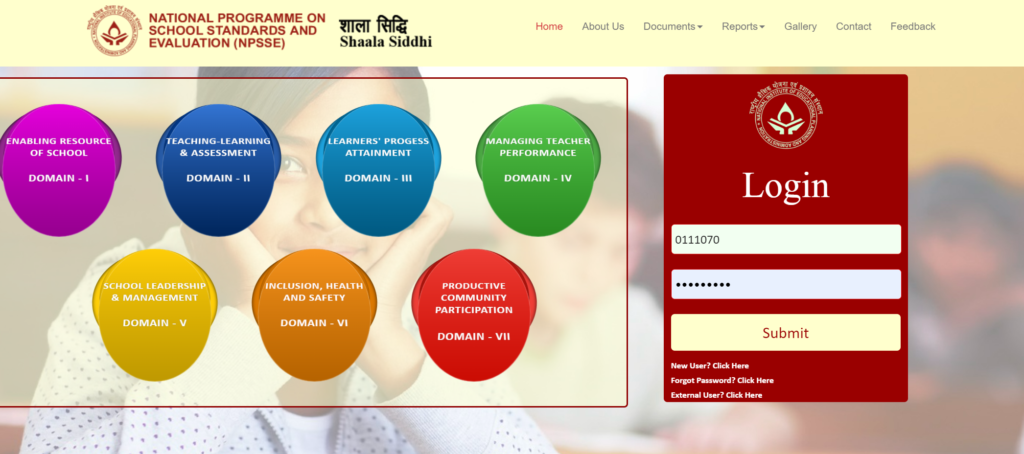
Pingback: Autism Spectrum Disorder: Module 3 Answer Key -
Pingback: Intellectual Disability - Module 4 Answer Key -
Pingback: Specific Learning Disabilities: Module 5 -